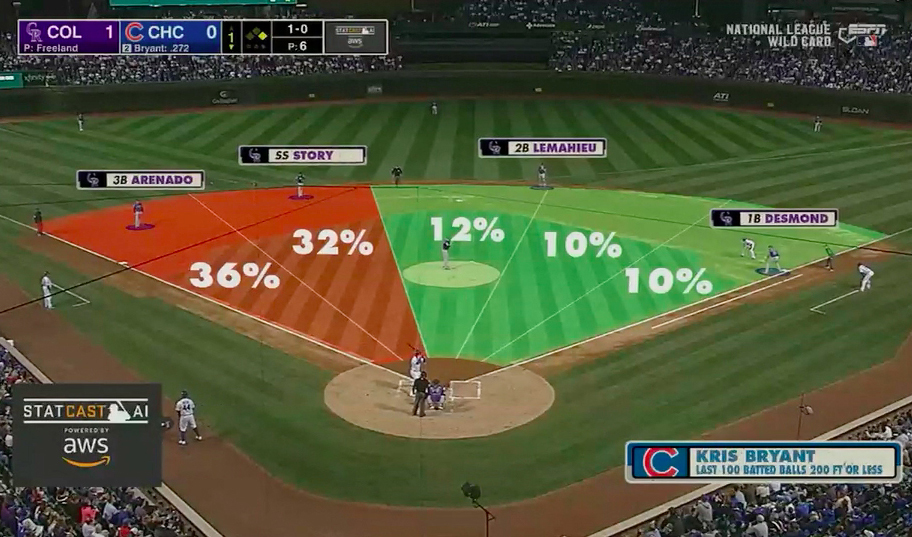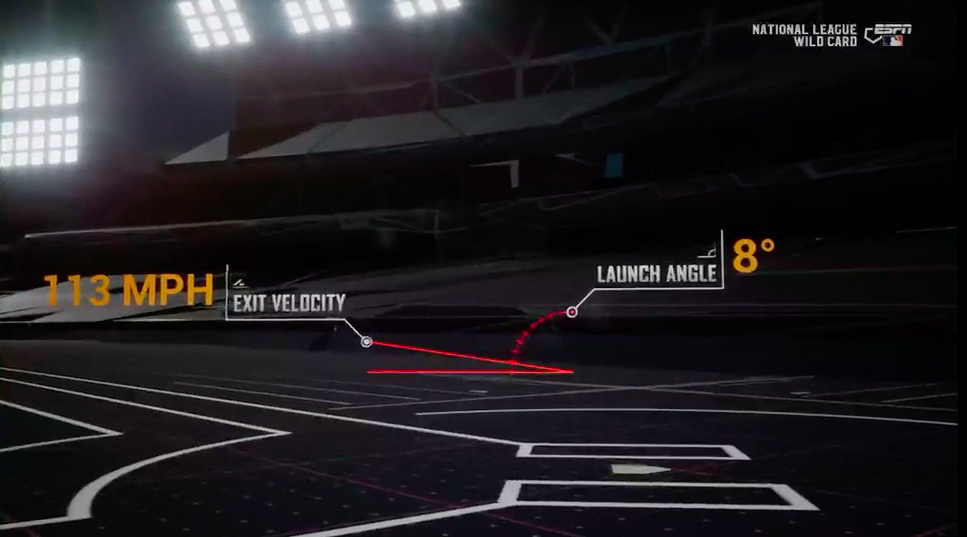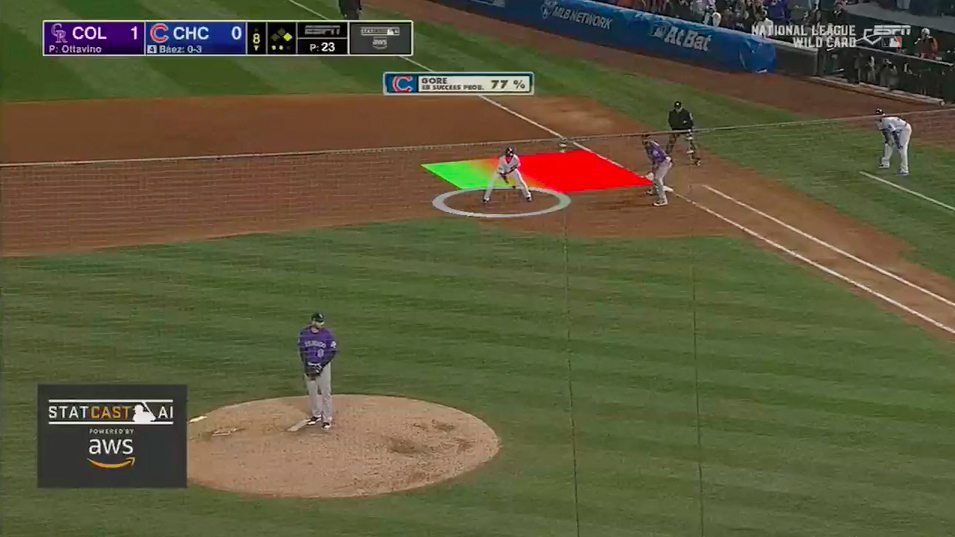MLB 2019 Preview: ESPN Continues To Up Its Virtual Game With More K-Zone 3D, Statcast Graphics
The new season promises a packed start, many marquee events
Story Highlights
As ESPN throws out the first pitch on its 30th season of live Major League Baseball coverage today, the network is more focused than ever on using data and virtual technology to differentiate its coverage and bring the game into the modern era. After committing to using K-Zone live on every pitch in 2015 and using K-Zone 3D on all games last year, ESPN is continuing to find new ways to leverage MLB Advanced Media’s growing stable of Statcast data to better visualize the on-field story for viewers at home.
“I think we’re in an era when we’re moving from interesting surface-level statistical notes to deeper analytics that give you a different level of insight into how the game is being played,” says Phil Orlins, senior coordinating producer, MLB. “And I’m really excited because we’ve created a virtual environment to visualize those insights. We’ve made some big strides on the virtual side with the advancement of K Zone 3D, Hit Tracker, and Statcast live virtual [elements]. As the data keeps advancing, we’re going to be able to visualize it in even more-incredible ways moving forward.”
Evolution of K-Zone 3D: Miniboards, Hit Track, Deeper Pitch Analysis
Developed by the Disney DTCI Product Engineering team, K-Zone 3D uses a virtual-camera system and virtual strike zone to create an immersive K-Zone experience. Set inside a virtualized 3D stadium and using MLBAM Statcast data, K-Zone 3D allows ESPN to spin the camera angle anywhere around home plate to offer greater transparency in pitch analysis.
During last year’s NL Wild Card game, ESPN began experimenting with inserting a K-Zone 3D graphic in the scorebug in addition to using it full-screen. Although Orlins says viewers shouldn’t expect it during the first few weeks of Sunday Night Baseball, ESPN will continue to be aggressive with this tactic as the season progresses.
ESPN also rolled out the K-Zone 3D Hit Track virtual graphic during the 2018 NL Wild Card Game, displaying the launch angle, exit velocity, apex, and distance of a hit as a three-dimensional animation. Just like K-Zone 3D elements, Hit Track graphics are available within a few seconds of the ball’s being hit – meaning that they can be incorporated into the first replay sequence after a key hit.
“This is all data that came in with Statcast in 2015, so it’s by no means new data. But our ability to execute this within the first replay sequence, which we did have at the Wild Card Game with a full vivid three-dimensional animation, is very cool. The data isn’t groundbreaking anymore, but the visualization of that in such a short time frame is a huge storytelling tool for us.”
ESPN and DTCI Technology also continue to advance K Zone 3D’s ability to visualize the movement of a pitch compared with the league average, using MLB PitchCast data. Though noting that consistent use of these elements is still a couple months away (a half dozen appeared on SNB telecasts last year), Orlins sees a huge benefit to viewers in K-Zone 3D animations’ displaying, for example, how Yankees reliever Adam Ottavino’s devastating slider breaks compared with the MLB average slider at that speed.
“It’s one of the more complicated tasks to articulate how a pitch curves and sinks; It’s not commonly measured for the fans,” he says. “We continue to work with the Statcast team on a process for essentially creating a standard average pitch speed and shape. We want to be able to compare that with, for example, Max Scherzer’s strike-three slider and show that it broke 6 in. more than the average 85-mph slider. That’s something we’re working aggressively on.”
Evolution of Statcast: More Alternative Viewing, Shift to GREMI
ESPN will continue to increase its use of Statcast live virtual graphics beyond the battery as well. Last year, the broadcaster extensively used defensive-positioning charts and heat charts for hitters and also began using steal probability and defensive hot/cold zones for outfielders as the year went on.
“The most obvious success last year was the defensive-positioning chart and charts showing the different percentages for hitters; those were really effective,” says Orlins. “We also advanced into the more complicated steal predictor that measures the theoretical steal-success percentage in real time, depending on how big the runner’s lead is and his speed. And then we also moved into some outfield graphics showing where outfielders are most and least effective going for balls. You’re going to see a lot more of all of that this season.”
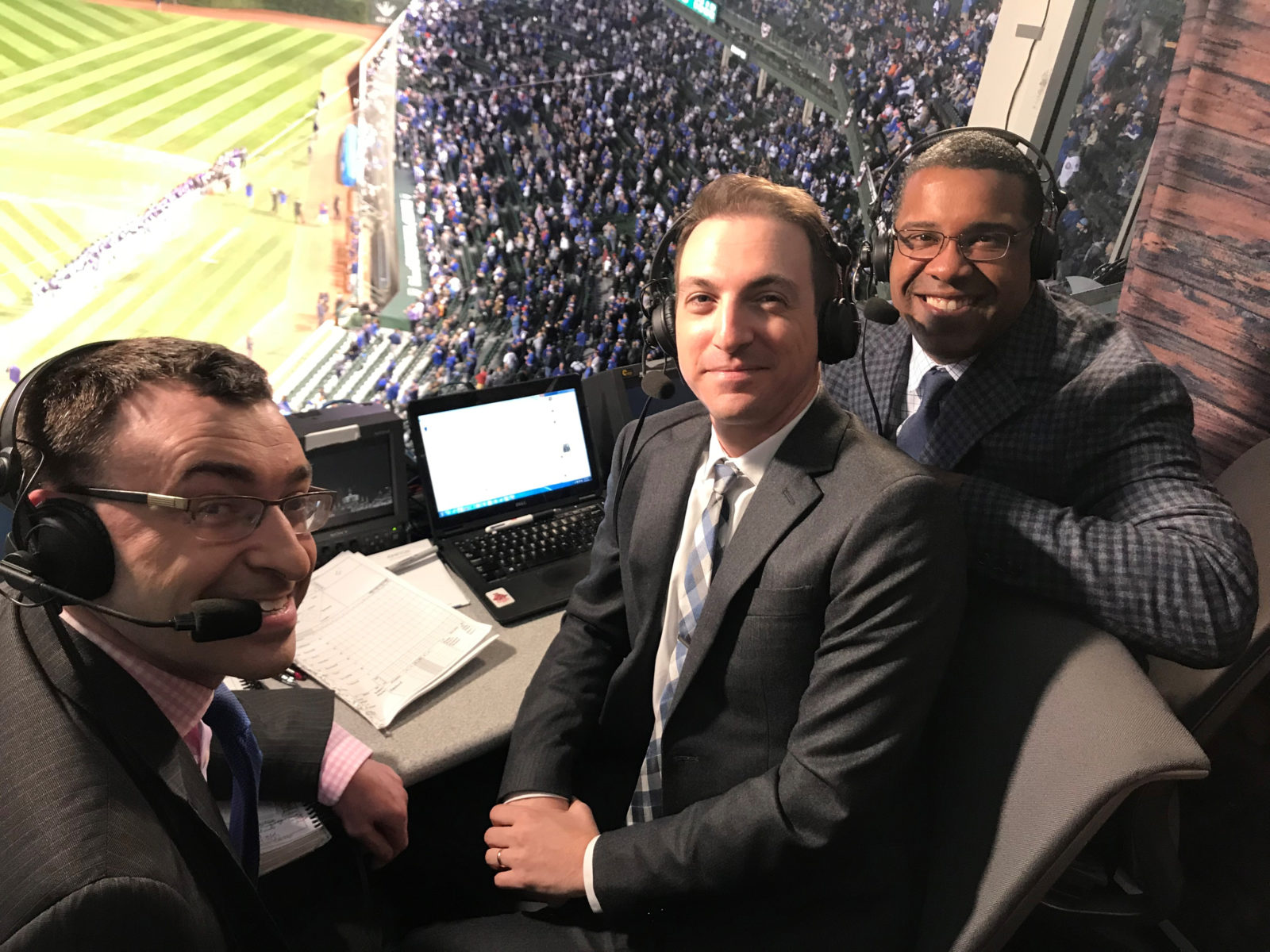
ESPN2’s NL Wild Card Statcast crew: (L-R) play-by-play commentator Jason Benetti; MLB.com Statcast writer Mike Petriello; ESPN MLB analyst Eduardo Perez. (Ben Cafardo/ESPN)
ESPN will also bring back the Statcast-fueled alternative-viewing experience (CLICK HERE for video) – which it produced for last year’s NL Wild Card Game (on ESPN2 and online) and MLB Home Run Derby (on ESPNEWS and online) – for several SNB games this year.
Behind the scenes, the Statcast operator for all ESPN’s MLB productions will be located at its Bristol, CT, headquarters as part of the broadcaster’s continuing GREMI (graphics remote integration) model. GREMI — which locates servers/equipment for Vizrt graphics, K-Zone 3D, three EVS RO replay systems, and Statcast on the truck with the operators in Bristol — is now standard across all three of ESPN’s weekly MLB productions.
“As we’ve refined the GREMI model over the years, there are always little tweaks to be made,” says Paul Horrell, remote operations manager, MLB, ESPN. “The introduction of Statcast this year forces a reconfiguration of the multiviewer path that we have coming back to Bristol because you want to make sure the operator has all the sources and audio they need. We’re still refining that, but I think the key has been coming up with an operational template for the GREMI model that fits all games. I think we’ve gotten there at this point.”
Jam-Packed Opening Week, Plenty of Marquee Events
ESPN’s MLB slate begins with an Opening Day tripleheader, part of a packed 14-game slate over 12 days. ESPN will produce nearly 100 games this season across its Sunday, Monday, and Wednesday Night Baseball packages. In addition, Sunday Night Baseball telecasts will regularly start at 7 p.m. ET, an hour earlier than its start time since the franchise began in 1990.
“We’ve got a pretty aggressive opening schedule the first couple of weeks. We’ve got seven different trucks over 14 games,” says Horrell. “After that, the Sunday and the weekday packages are very similar to last year’s, with [NEP’s] EN2 and NCP10 as our trucks for each and all the hardware coming back from last year. With the introduction of Statcast, there is an upgraded Viz this year to Windows 10 to run the new MLB graphics package.”
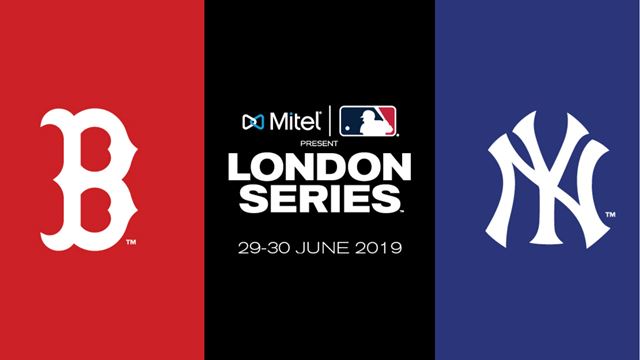 Although today marks MLB’s official Opening Day, ESPN’s regular-season campaign technically started a week ago with a pair of Mariners-A’s matchups produced as part of the Japan Opening Series in Tokyo (March 20-21).
Although today marks MLB’s official Opening Day, ESPN’s regular-season campaign technically started a week ago with a pair of Mariners-A’s matchups produced as part of the Japan Opening Series in Tokyo (March 20-21).
The trip to Tokyo is just the first of several trips outside the U.S. for ESPN, which will produce regular-season games in Monterrey, Mexico (in April and May) and one game during the first MLB London Series in June. These events follow ESPN’s trips to Cuba and Puerto Rico in recent years. According to Horrell, ESPN will share crew and a NEP mobile unit with Fox Sports for the London productions (similar to the operation in Puerto Rico last year), which will also feature Baseball Tonight studio shows onsite at London Stadium.
In addition, ESPN will produce the first MLB in Omaha game as part of the College World Series in Nebraska in June and return to Williamsport, PA, in August for the MLB Little League Classic.
“I’m enthused about the variety of unique events that we’re able to be a part of this year,” says Orlins. “We already started the season with games from Japan and an All-Access Spring Training Special with the Red Sox. We have a litany of interesting opportunities from London to the College World Series to the Little League World Series, and, additionally, we’ll have Sunday From the Seats and Statcast alternative-viewing experiences for several games. So we’re very excited to be able to differentiate ourselves with so many unique events across the course of the season.”
Correction: a previous version of this article referenced ESPN’s Visual Technology Team. However, Disney centralized this technology team within the new Disney Direct To Consumer & International (DTCI) group last year. The Disney DTCI Product Engineering team is now responsible for ESPN’s K-Zone 3D technology development.
